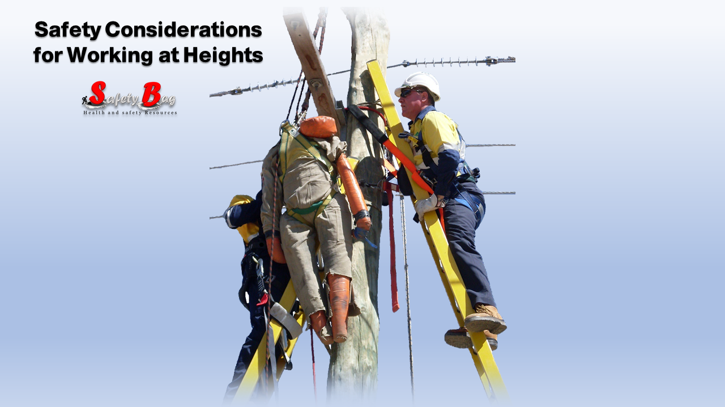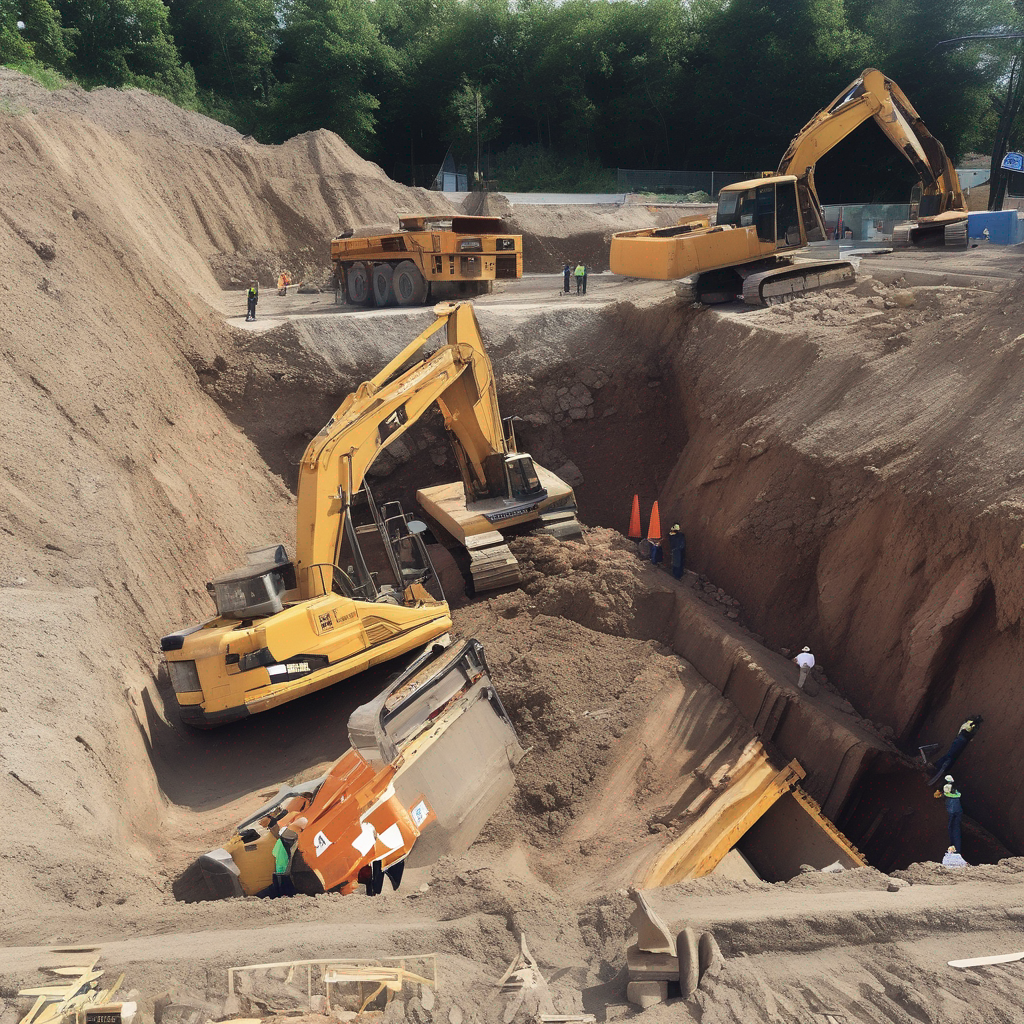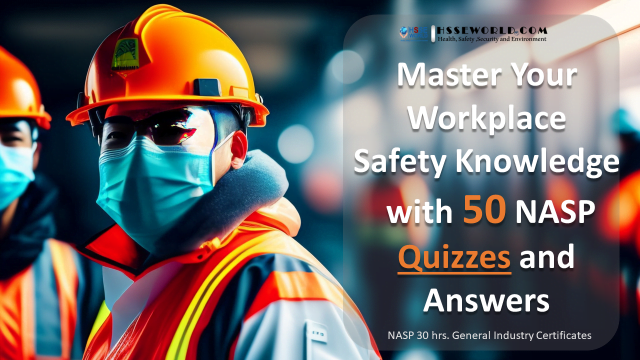Working at heights is a common activity in many industries, including construction, maintenance, and manufacturing. However, it is also one of the most dangerous activities, as falls from heights can result in serious injuries or even fatalities. In fact, falls are one of the leading causes of workplace injuries and fatalities worldwide. As a result, it is crucial to follow safety guidelines and best practices when working at heights to ensure the safety of workers.
Safety considerations for working at heights include conducting a risk assessment, using the appropriate safety equipment, ensuring proper training, maintaining a safe work environment, and developing a fall protection plan. By following these safety considerations, workers can reduce the risk of falls and injuries when working at heights. Employers and workers should work together to ensure a safe and healthy work environment for everyone involved in activities that require working at heights.
Also Read: Books: Preventing Falls in Scaffolding Operations
Conduct a risk assessment:
Before starting work at heights, it’s important to assess the risk and take steps to minimize the hazards. This includes identifying potential fall hazards, evaluating the work area, and determining the appropriate safety equipment. so here are some more details about conducting a risk assessment for working at heights:
- Identify potential fall hazards: The first step in a risk assessment is to identify potential fall hazards in the work area. This includes identifying areas where workers could fall from a height, such as open edges, unprotected edges, or holes in the floor or roof.
- Evaluate the work area: Once potential hazards have been identified, it’s important to evaluate the work area to determine the appropriate safety measures. This includes evaluating the height at which workers will be working, the type of work being performed, the equipment that will be used, and the number of workers involved.
- Determine the appropriate safety equipment: Based on the evaluation of the work area and potential hazards, employers should determine the appropriate safety equipment to be used. This includes personal fall protection systems such as harnesses, lanyards, and anchor points, as well as guardrails, safety nets, and other protective equipment.
- Ensure proper training: Workers should receive proper training on the safe use of equipment and techniques for working at heights. This includes training on how to properly inspect and maintain equipment, as well as how to safely climb ladders and scaffolds.
- Develop a fall protection plan: A fall protection plan should be developed that outlines the steps to be taken to protect workers from falls. This should include the use of appropriate safety equipment, proper training for workers, and procedures for working at heights.
- Review and update the risk assessment regularly: The risk assessment should be reviewed and updated regularly to ensure that it remains current and that any changes to the work area or equipment are considered.
By conducting a risk assessment and taking appropriate safety measures, employers can help to ensure the safety of workers when working at heights. This includes identifying potential hazards, evaluating the work area, determining the appropriate safety equipment, ensuring proper training, developing a fall protection plan, and reviewing the risk assessment regularly.
Also Read: Hazard Identification Plan (HIP) Template
Use the right safety equipment
Using the right safety equipment is a critical component of working safely at heights. When working at heights, the right safety equipment can mean the difference between a safe work environment and a dangerous one. Here are some key safety equipment considerations for working at heights:
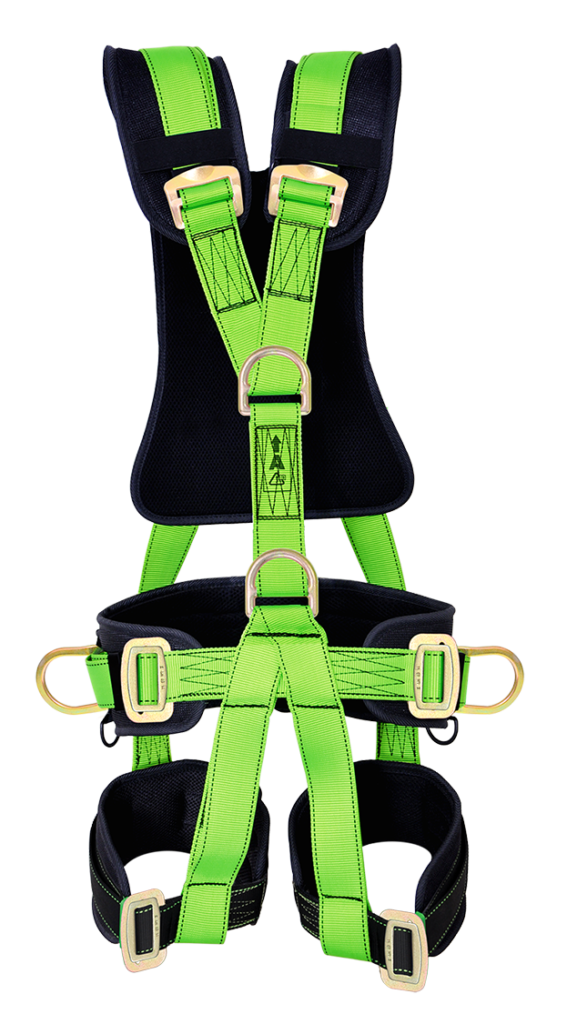
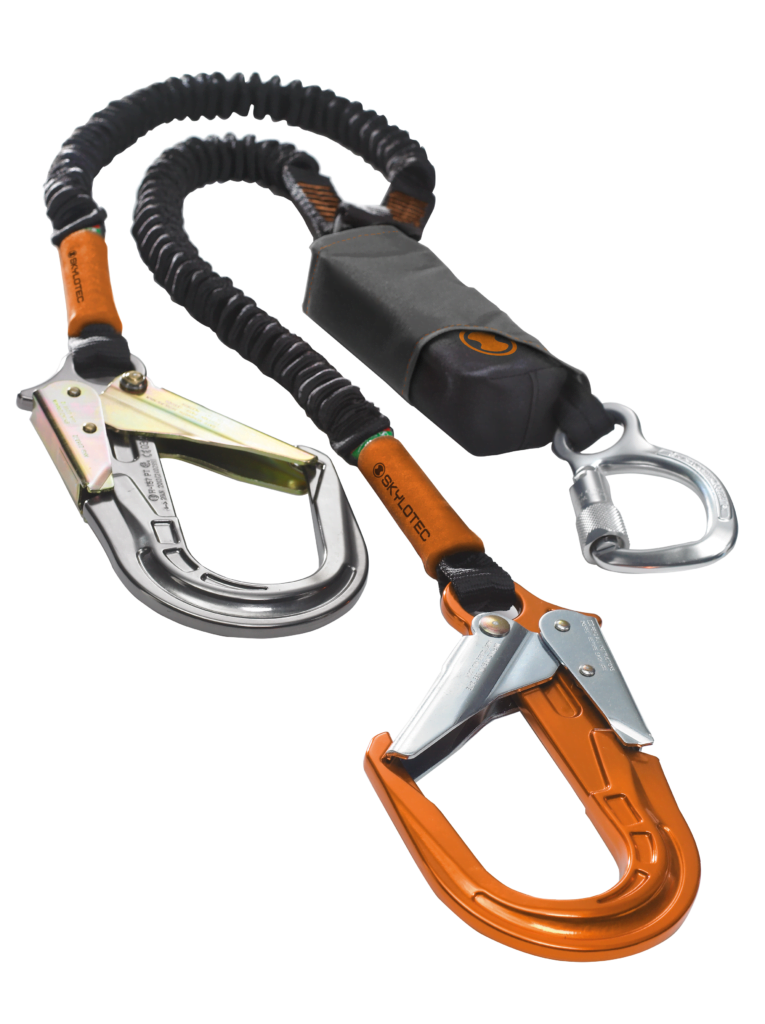
- Harnesses: A harness is a crucial piece of personal protective equipment (PPE) when working at heights. A properly fitted harness can help prevent falls by providing an anchor point to which a lanyard or lifeline can be attached. It’s important to select a harness that is appropriate for the job and to ensure that it is properly fitted and adjusted for each worker.
- Lanyards and lifelines: Lanyards and lifelines are used to connect a worker’s harness to an anchor point. They come in different lengths and can be made of different materials, such as wire rope or webbing. It’s important to select the appropriate lanyard or lifeline for the job and to ensure that it is properly attached to the harness and anchor point.
- Anchor points: Anchor points are fixed points to which a worker can attach a lanyard or lifeline. Anchor points can be fixed to a structure or can be portable, depending on the needs of the job. It’s important to ensure that the anchor points are strong enough to support the weight of a worker and that they are properly positioned to prevent falls.
- Guardrails and safety nets: Guardrails and safety nets can be used to prevent falls from heights. Guardrails are barriers that are erected around an elevated work area, while safety nets are designed to catch a falling worker. It’s important to ensure that guardrails and safety nets are properly installed and maintained to ensure their effectiveness.
- Helmets: Helmets are important PPE when working at heights, as they can protect workers from head injuries in the event of a fall or other accident. It’s important to select a helmet that meets the appropriate safety standards and to ensure that it is properly fitted and adjusted for each worker.
By using the appropriate safety equipment, workers can reduce the risk of falls and injuries when working at heights. Employers and workers should work together to ensure that the right safety equipment is selected for each job and that workers are properly trained on its use.
Ensure proper training

Ensuring proper training is a critical component of working safely at heights. Workers who are properly trained on the safe use of equipment and techniques for working at heights are better equipped to identify potential hazards and take appropriate measures to prevent falls. Here are some key considerations for ensuring proper training for working at heights:
- Identify training needs: Employers should identify the training needs of workers who will be working at heights. This includes training on the safe use of equipment, such as harnesses, lanyards, and lifelines, as well as training on the proper techniques for climbing ladders and scaffolds.
- Develop a training program: A training program should be developed that covers the necessary topics for working at heights. The program should be tailored to the specific needs of the job and should include both classroom instruction and hands-on training.
- Use qualified trainers: Trainers should be qualified to provide the necessary training on working at heights. This may include certified trainers or experienced workers who are knowledgeable about the equipment and techniques used in the job.
- Provide ongoing training: Ongoing training should be provided to workers to ensure that they are up-to-date on the latest safety standards and best practices for working at heights. This may include refresher courses or additional training as new equipment or techniques are introduced.
- Evaluate training effectiveness: The effectiveness of training should be evaluated to ensure that it is meeting the needs of workers and that they are able to apply the knowledge and skills learned in the training program.
By ensuring proper training for working at heights, employers can help to reduce the risk of falls and injuries. Proper training can also help to increase worker confidence and job satisfaction, as workers feel more equipped to handle the tasks and challenges of working at heights.
Also Read: Model High Hazard Safety Program
Maintain a safe work environment
Maintaining a safe work environment is essential when working at heights. A safe work environment can help to prevent slips, trips, and falls and reduce the risk of injuries. Here are some key considerations for maintaining a safe work environment when working at heights:
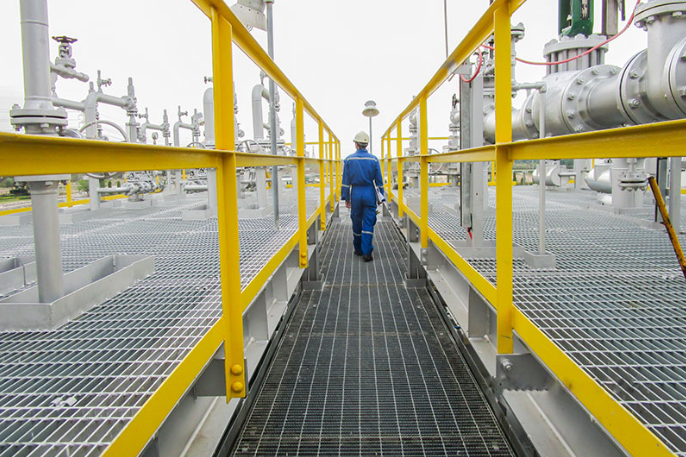
- Keep walkways and access points clear: Walkways and access points should be kept clear of debris, equipment, and other hazards that could cause slips, trips, and falls. This includes ensuring that stairs, ladders, and scaffolds are properly maintained and free from obstructions.
- Provide appropriate lighting: Adequate lighting is essential for working safely at heights. Workers should be able to see clearly and identify potential hazards, such as changes in elevation or uneven surfaces.
- Use warning signs and barricades: Warning signs and barricades can be used to alert workers to potential hazards, such as open edges or holes in the floor or roof. These should be used in conjunction with other safety measures, such as guardrails or safety nets.
- Conduct regular inspections: Regular inspections of the work area can help to identify potential hazards and ensure that safety measures are being properly implemented. Inspections should be conducted by qualified personnel who are trained to identify potential hazards and take appropriate action to address them.
- Provide appropriate PPE: Personal protective equipment (PPE), such as helmets and safety glasses, should be provided to workers to protect them from potential hazards. PPE should be appropriate for the job and properly fitted and adjusted for each worker.
By maintaining a safe work environment, employers can help to protect workers from potential hazards and reduce the risk of falls and injuries when working at heights. It’s important to ensure that workers are properly trained on the safe use of equipment and techniques for working at heights and that safety measures are regularly inspected and maintained to ensure their effectiveness.
Conclusion
In conclusion, working at heights is a necessary activity in many industries, but it is also one of the most dangerous. Falls from heights can result in serious injuries or even fatalities, making it essential to follow safety guidelines and best practices when working at heights. Conducting a risk assessment, using the appropriate safety equipment, ensuring proper training, maintaining a safe work environment, and developing a fall protection plan are all critical components of working safely at heights.
Together, employers and employees should make sure that the appropriate safety equipment is chosen for each job, that workers are adequately trained in its use, and that safety precautions are routinely examined and maintained to ensure their efficacy. By taking these steps, employers can help to reduce the risk of falls and injuries, protect workers from potential hazards, and ensure a safe and healthy work environment for everyone involved in activities that require working at heights.
Download: 30-Fall Protection’s Posters

